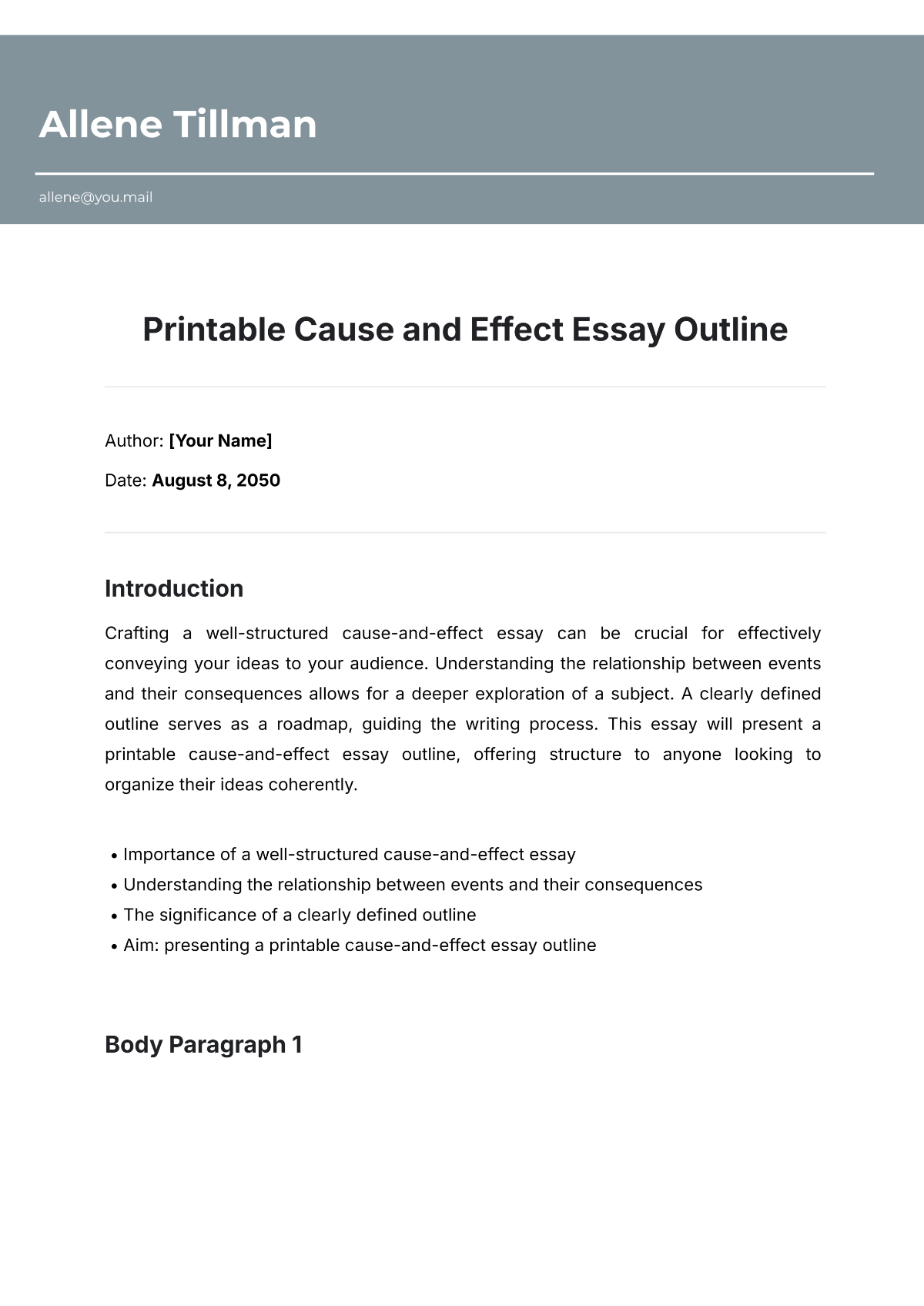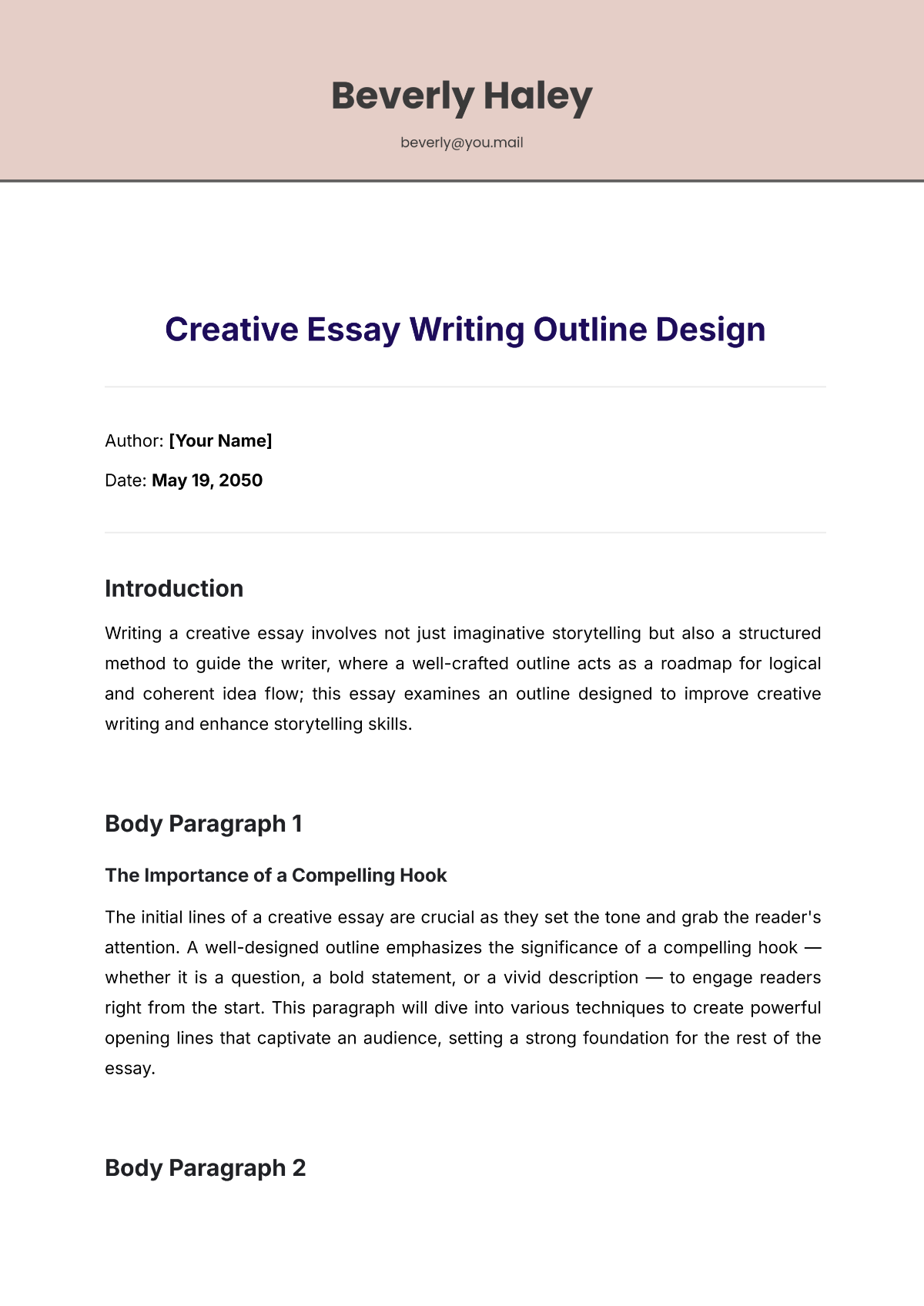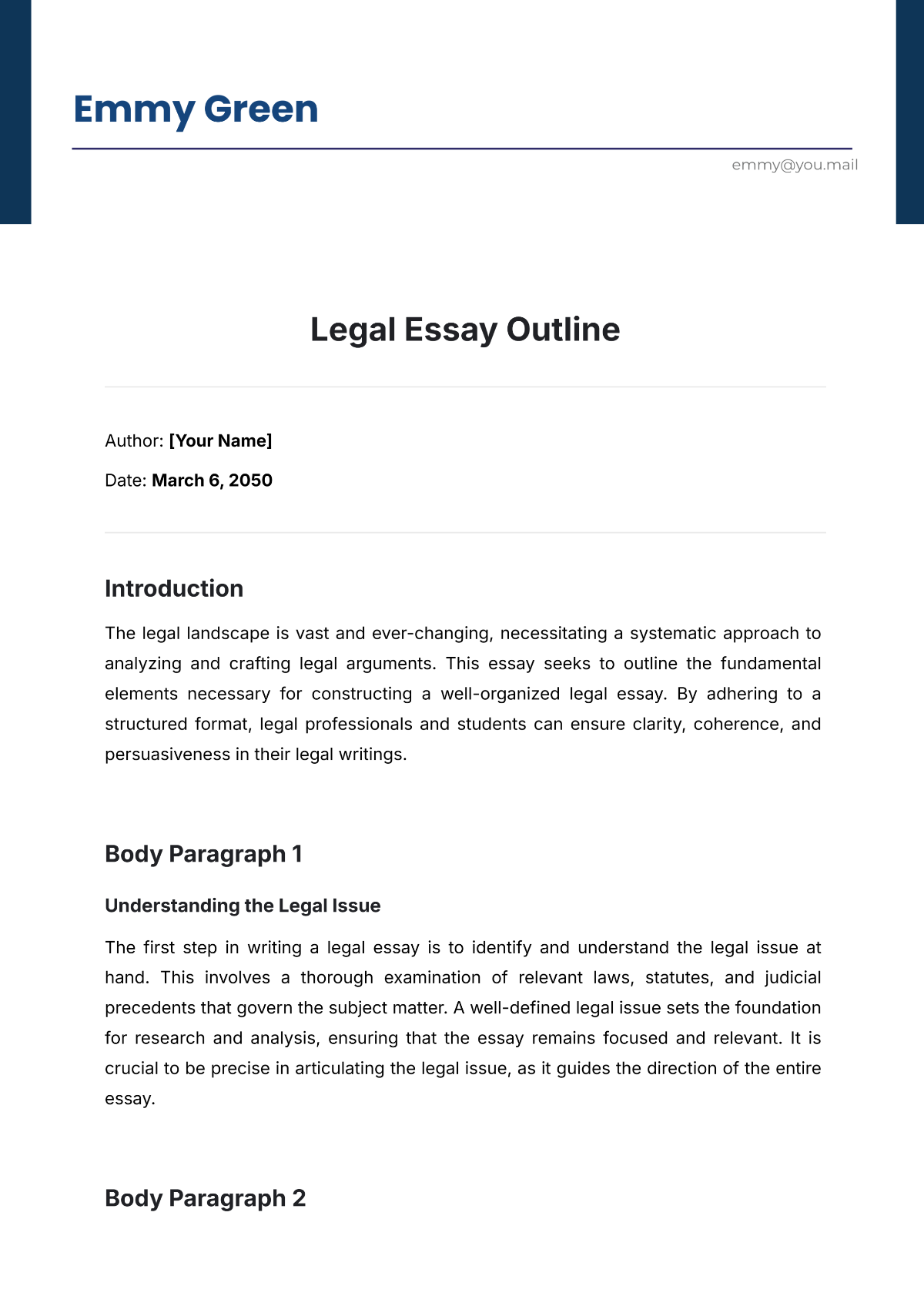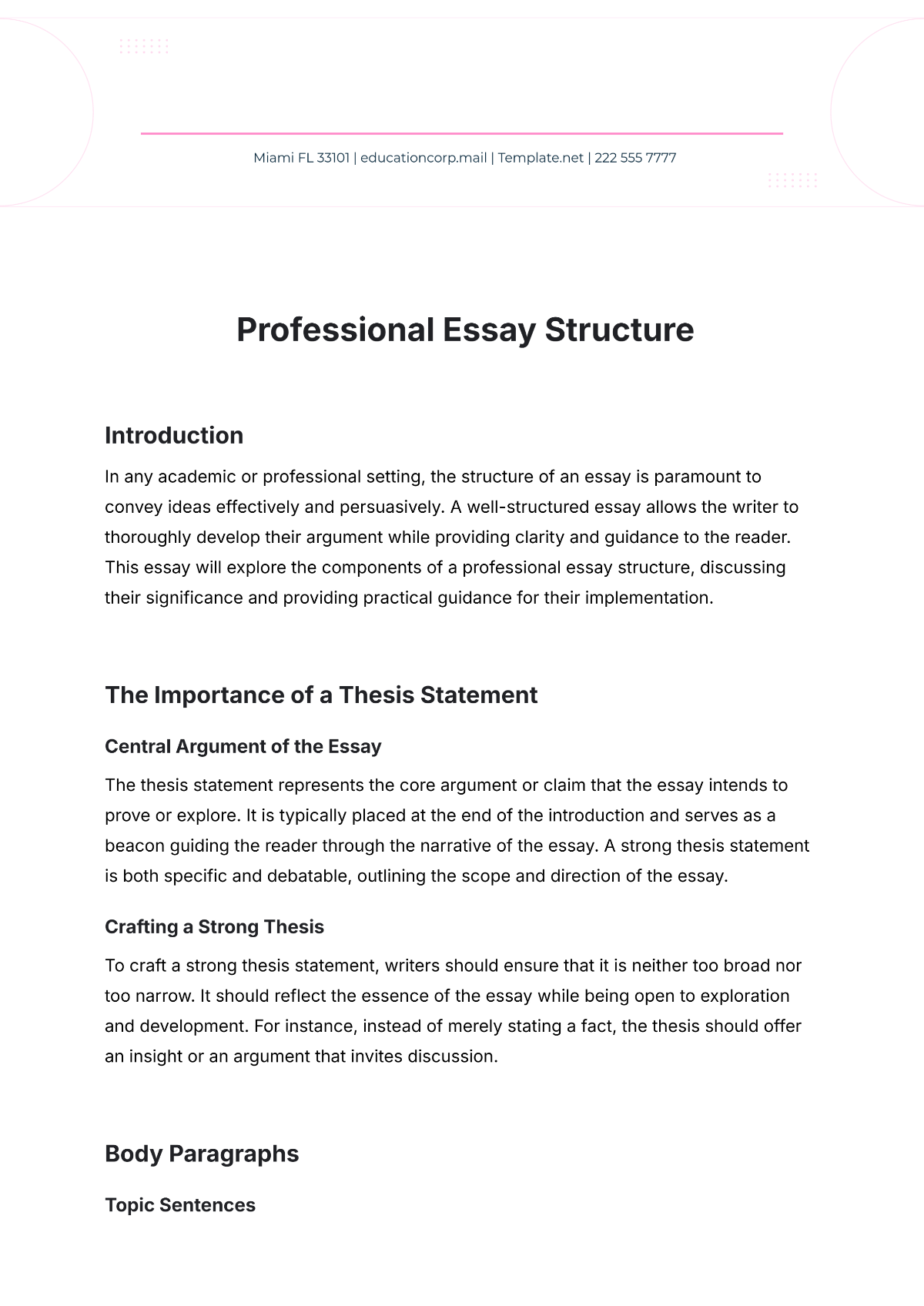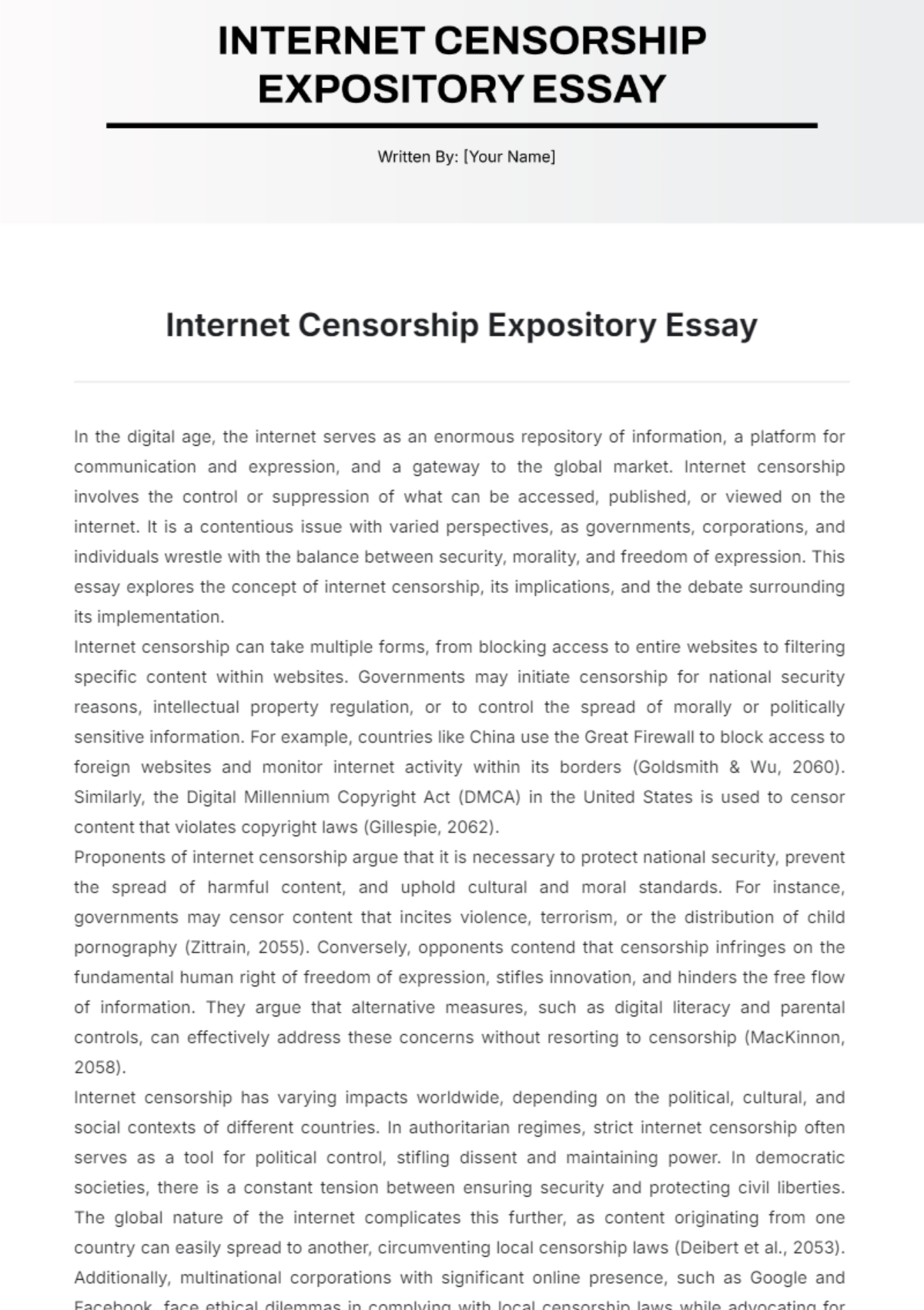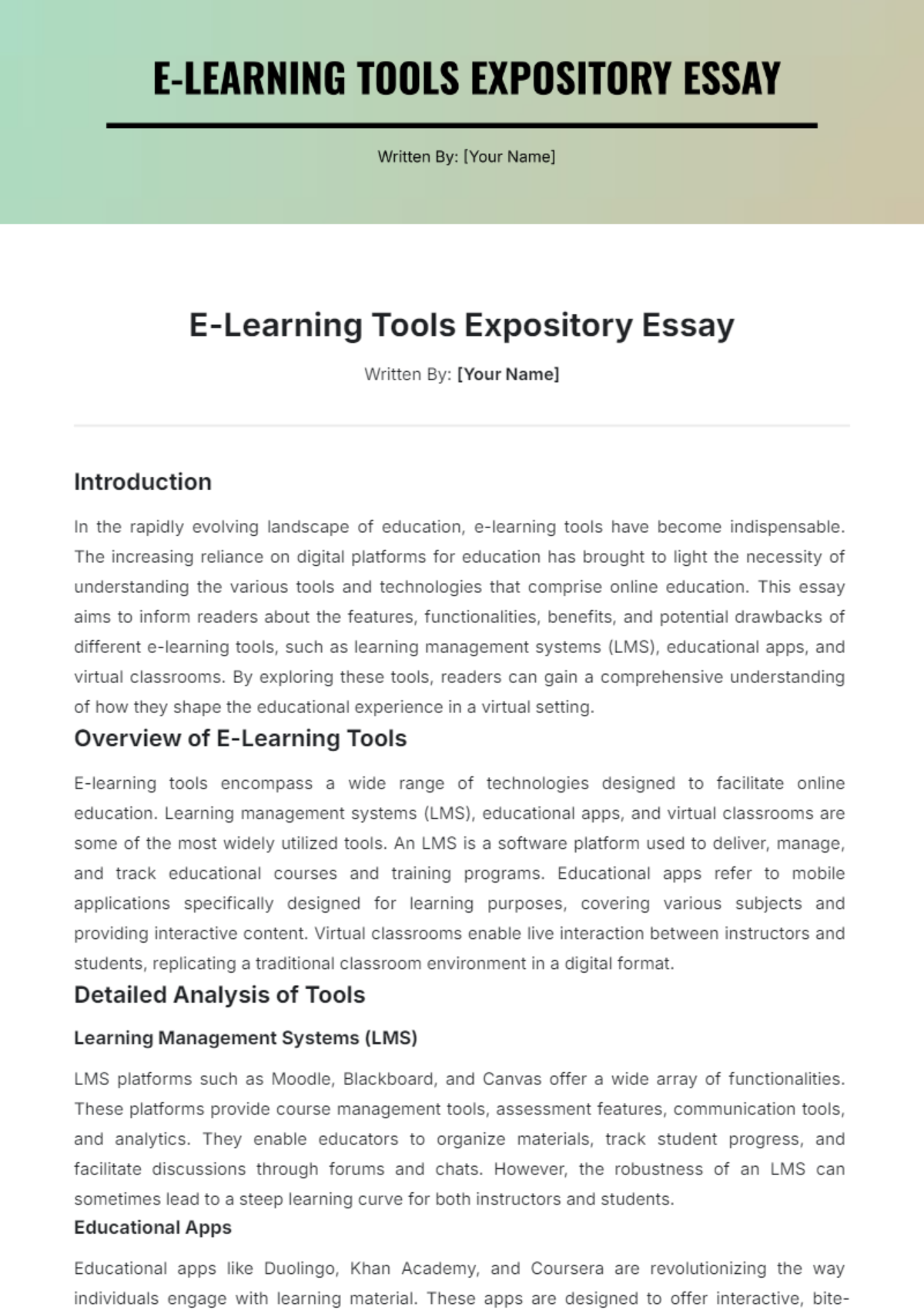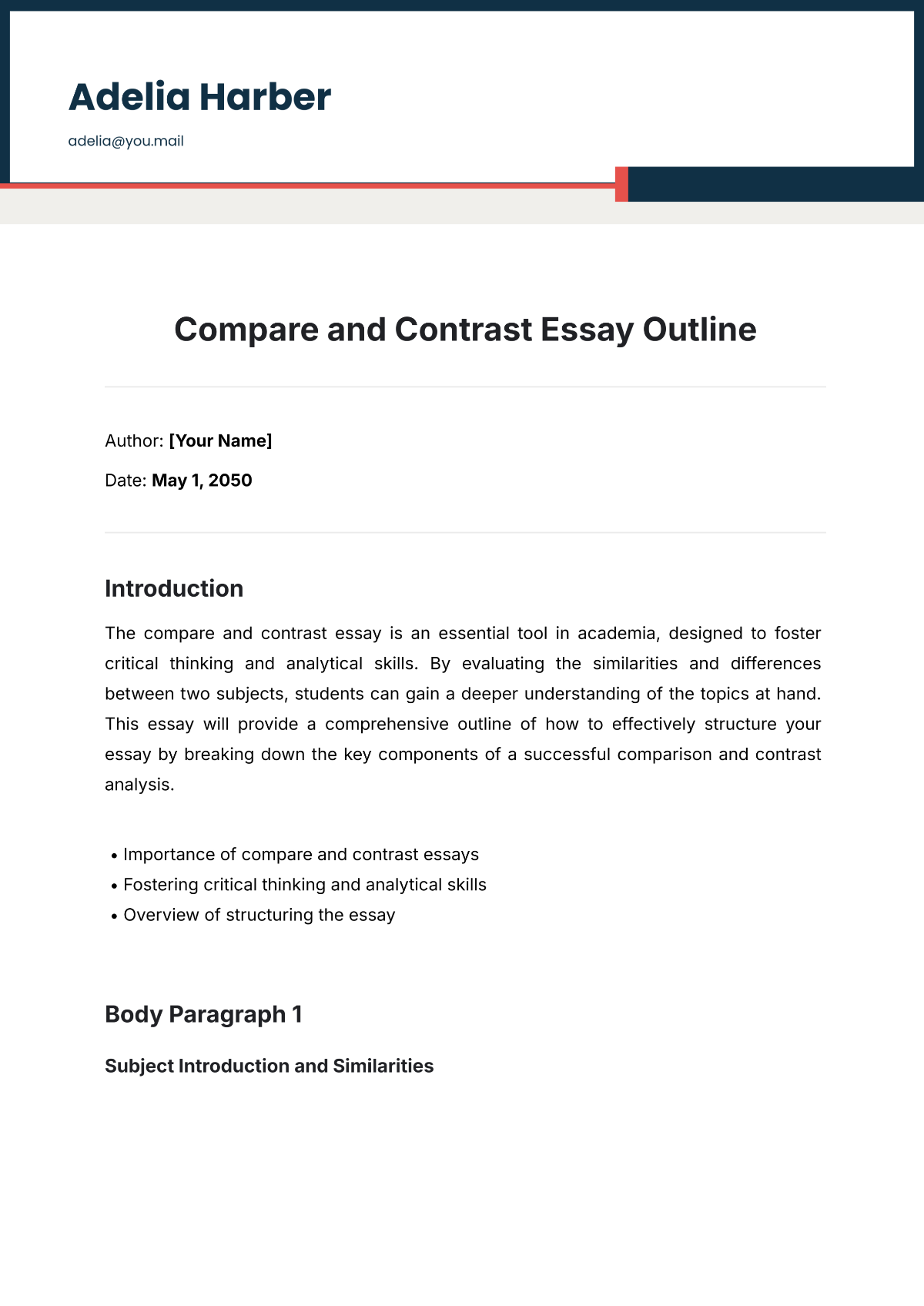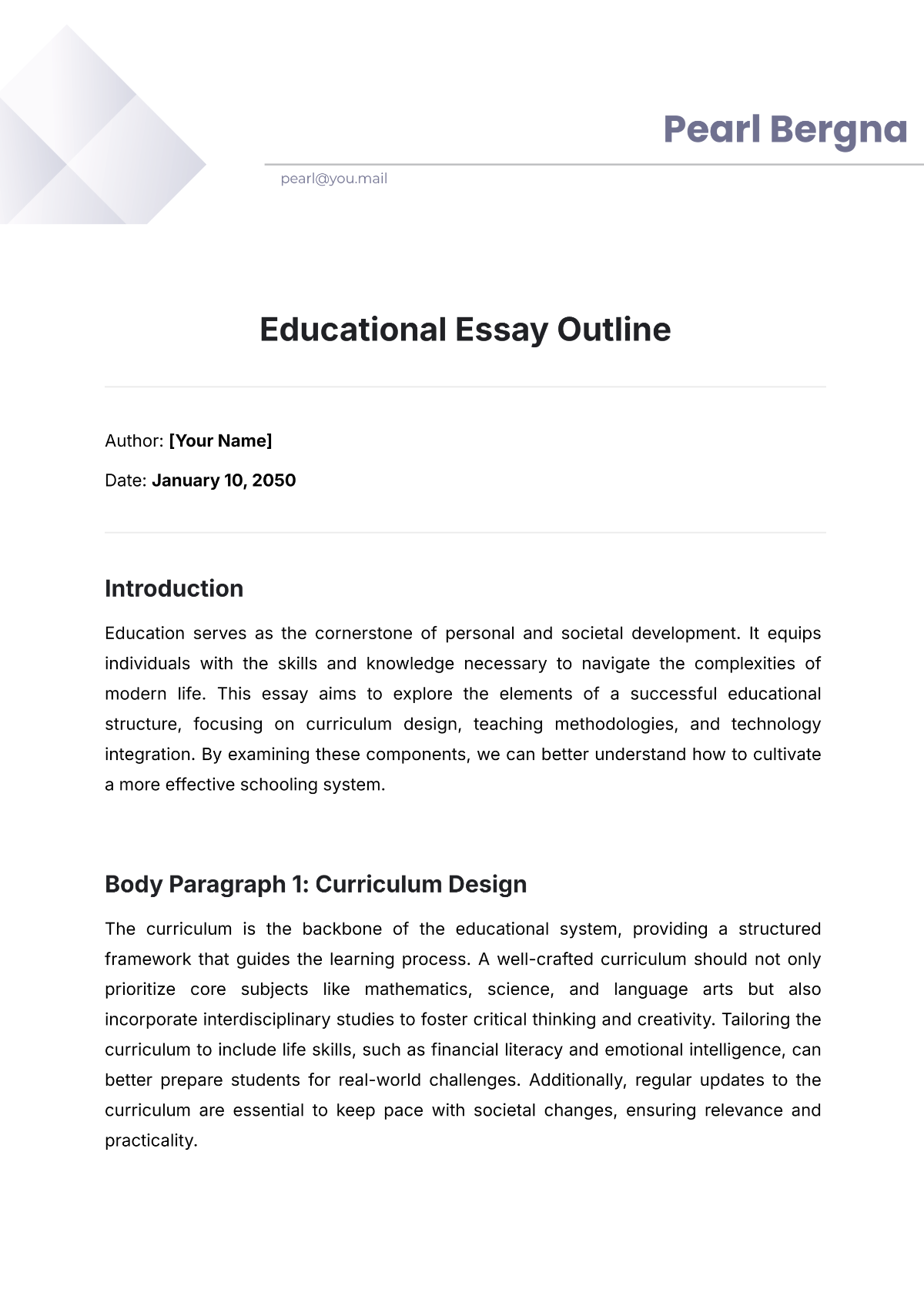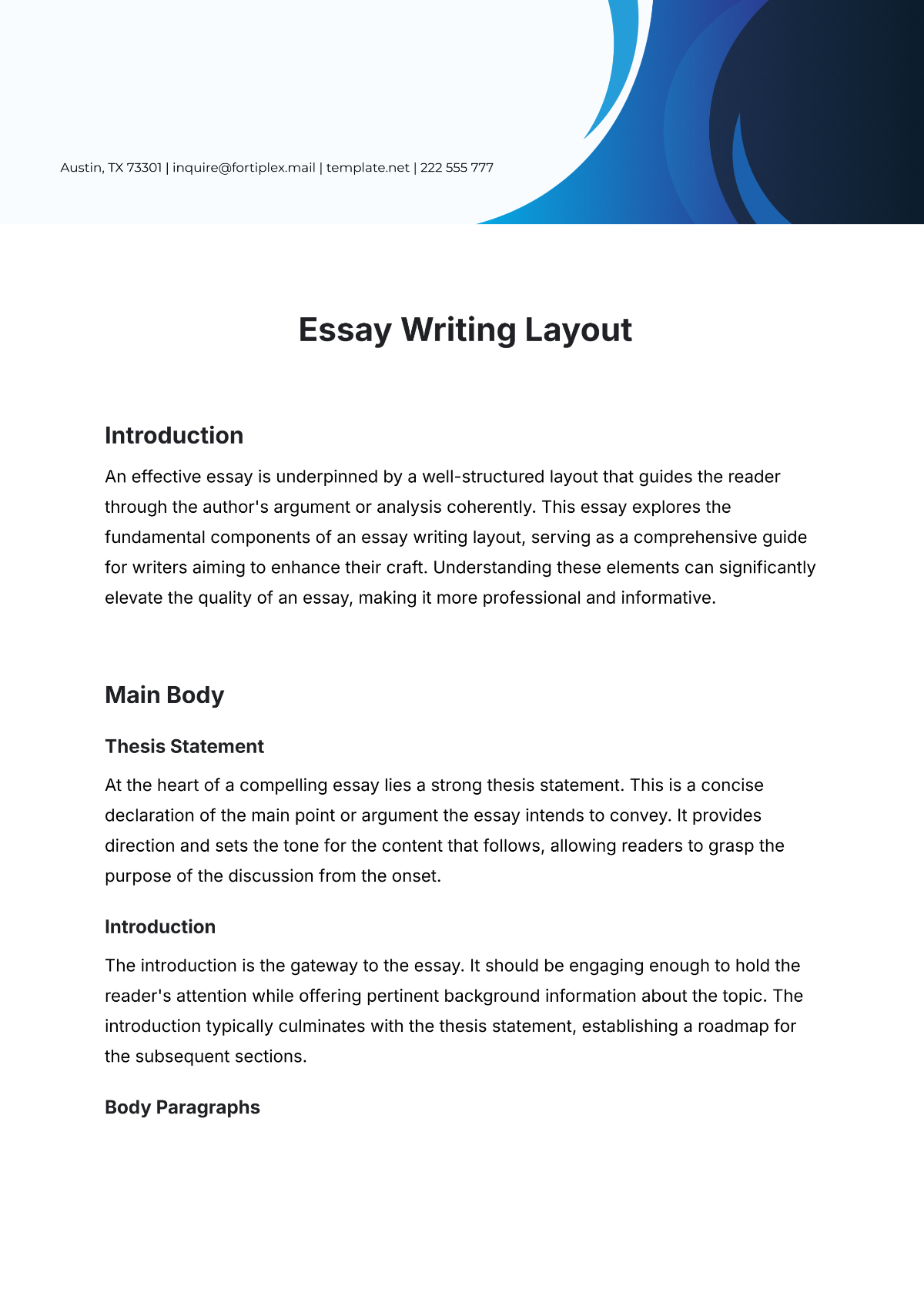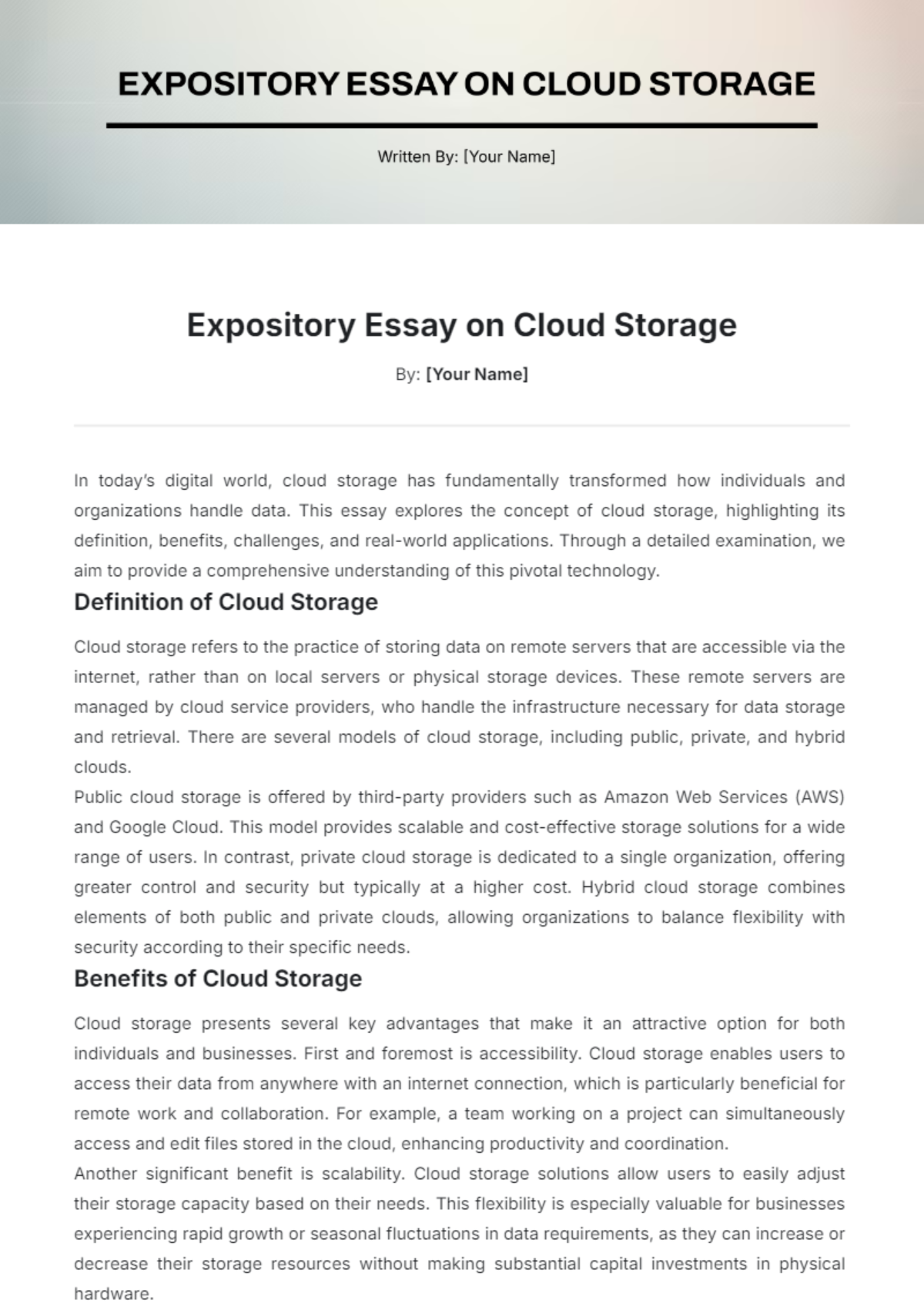Expository Essay on Standardized Testing
Introduction
Standardized testing is a pervasive and often hotly debated aspect of modern education systems. These tests are designed to assess students' academic abilities and knowledge uniformly, allowing for comparisons across different educational settings. This essay will explore standardized tests' purpose, benefits, drawbacks, and potential impact on education. By providing factual information and balanced viewpoints, we can better understand the role of standardized testing in the educational landscape.
Main Point 1: Definition and Purpose of Standardized Tests
Standardized tests are assessments that are administered and scored consistently. They usually include multiple-choice questions, true/false questions, and sometimes short essays that are objectively graded using a set rubric. The primary purpose of these tests is to measure students' proficiency in specific subjects such as mathematics, reading, and science (Smith, 2050). They are used to gather data on student performance, which can then inform policies, and instructional strategies, and identify areas needing improvement (Jones & Brown, 2051).
Main Point 2: Benefits of Standardized Testing
The benefits of standardized testing are multifaceted. Firstly, they provide a uniform benchmark that helps ensure all students, regardless of their background, are assessed using the same criteria (Doe, 2050). This uniformity can help identify achievement gaps and ensure accountability among schools. Additionally, standardized tests can guide curriculum development and instructional practices by highlighting strengths and weaknesses within the educational system (Black & White, 2051). Finally, they offer valuable data that can drive educational research and policy-making, potentially leading to improved educational outcomes.
Main Point 3: Drawbacks and Potential Impact on Education
Despite their benefits, standardized tests also have significant drawbacks. One major concern is that they can contribute to a one-size-fits-all approach to education, which may not accommodate the diverse needs and learning styles of all students (Greenfield, 2050). This can lead to "teaching to the test," where educators focus on test preparation at the expense of a broader educational experience. Additionally, the high stakes associated with these tests can create stress for both students and teachers, potentially impacting mental health and well-being (Blue, 2051). The overemphasis on standardized testing can also divert resources away from other important educational activities, such as the arts and physical education (Redfield, 2051).
Conclusion
In conclusion, standardized testing is a complex yet integral component of contemporary education systems. While they offer a consistent means of measuring student performance, identifying gaps, and informing educational practices, they also present challenges that need to be thoughtfully addressed. By considering both the benefits and drawbacks, stakeholders can work towards creating a balanced approach that maximizes the positive impact of standardized tests while mitigating their negative effects. Ultimately, the goal should be to provide a more holistic education that supports the diverse needs of all students.
Bibliography
Black, J., & White, P. (2050). The impact of standardized testing on curriculum development. Journal of Educational Research, 34(2), 145-158.
Blue, R. (2051). Standardized testing and student stress. Education Today, 27(3), 276-290.
Doe, J. (2052). Benefits of standardized tests in elementary education. Education Quarterly, 13(4), 67-80.




